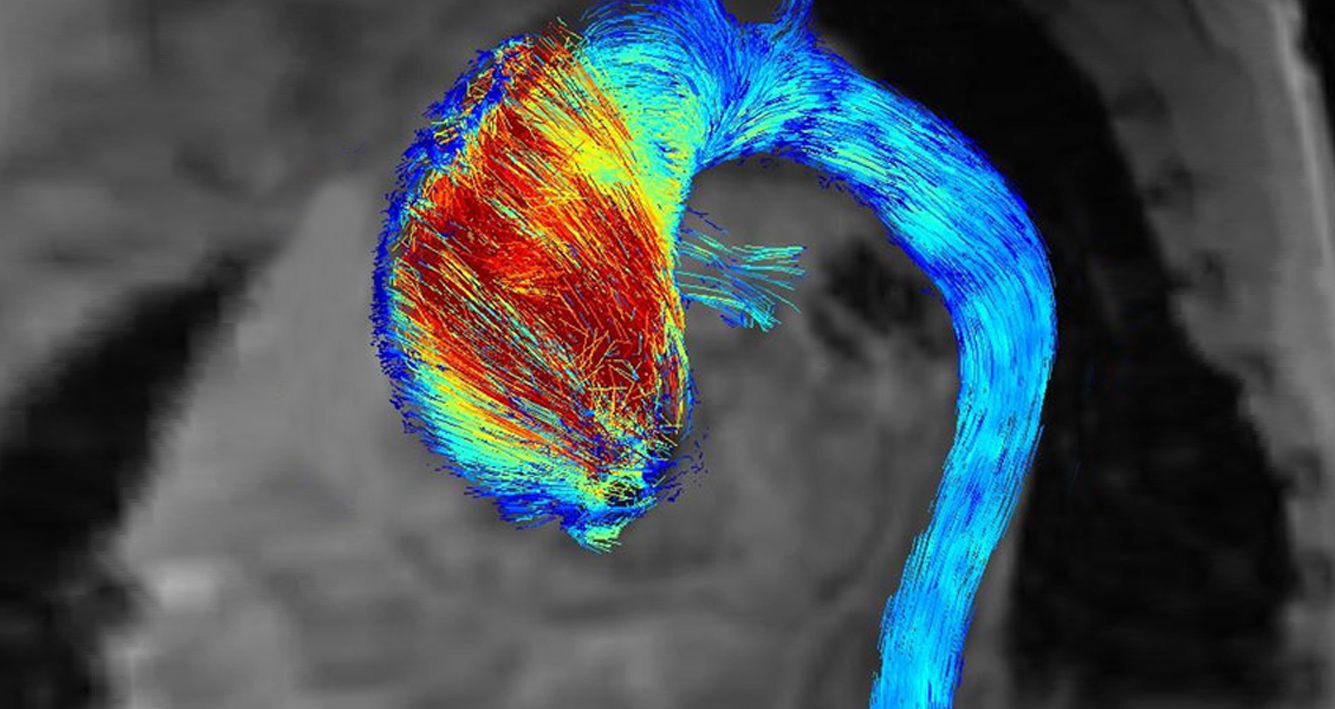New centre for biomedical imaging
ETH Zurich and the University of Zurich are pooling their expertise in biomedical imaging technologies. Their new competence centre EXCITE Zurich aims to efficiently translate new ideas from basic research into clinical practice. The centre will be inaugurated on Saturday.
This Saturday, ETH Zurich and the University of Zurich will inaugurate a new competence centre for imaging technologies in biomedicine, EXCITE (Experimental and Clinical Imaging Technologies) Zurich. The grand opening will take place in the form of a scientific symposium. The new centre has already been in operation since 1 January 2014.
EXCITE brings together more than 50 professors and scientists from ETH, the University of Zurich and the University Hospital of Zurich. “The centre will serve as a platform for our members, thereby promoting research in the field of imaging technology in biomedicine and helping to translate new methods from academic laboratories to the clinics as efficiently as possible”, explains Sebastian Kozerke, Professor of Bioimaging at the University of Zurich, senior lecturer at ETH Zurich and spokesperson of the EXCITE Steering Committee.
Arteriosclerosis as a first focus area
As part of its research-funding activities, the competence centre has several key areas for advancing central projects. The first major project is dedicated to research on arteriosclerotic disease: “Imaging is of great importance for arteriosclerosis”, Kozerke explains, as it enables early detection of the disease before life-threatening conditions such as a heart attack or stroke occurs.
Imaging technologies are not only of key significance for early detection of diseases, Kozerke points out, but are also of increasing importance in the development of new drugs. Drug tests on animals, for example, are monitored using imaging procedures to determine whether a new therapeutic approach is successful. In the symposium held on Saturday as part of the EXCITE inauguration, leading international experts will speak on the topic of arteriosclerosis.
From molecules to anatomy
The new centre covers a broad spectrum of imaging technologies, ranging from the molecular to the anatomical level. Electron, light and X-ray microscopes are used to make visible the smallest details. In the case of arteriosclerosis, high-resolution images of vascular wall changes (plaques) in tissue samples are of particular importance. In contrast, magnetic resonance imaging (MRI) can be used to examine entire organs. Researchers take advantage of this approach, for example, when studying blood-flow patterns in the circulatory system and how atherosclerotic lesions change them. Furthermore, nuclear-imaging technologies such as positron emission tomography (PET), which are important in cancer diagnostics today, are increasingly used to study and develop new drugs, for example in animal models. PET enables researchers to localize molecules with radioactive markers in the body and can therefore help to identify specific drug targets.
EXCITE Zurich also serves as a networking platform for bringing together specialists from the physical sciences and engineering who are researching and developing new imaging methods, and those who ultimately use these methods, that is, medical doctors and researchers in the life sciences. “We are striving to find a common language for engineers and medical professionals”, says Kozerke.
Promoting further education
The planned further education and specialised training programmes include an MD-PhD programme that will allow physicians to gain a scientific doctorate in the field of biomedical imaging. Moreover, EXCITE is continuing to organize an existing, successful international summer school in biomedical imaging for Master and PhD students of engineering, natural and life sciences.
Run jointly by ETH and the University of Zurich, EXCITE is part of Hochschulmedizin Zürich, an organization maintained collaboratively by ETH Zurich, the University of Zurich and the University Hospital of Zurich. EXCITE follows CIMST, the previous centre which came to its scheduled close at the end of 2013. Whereas CIMST also reached out to imaging procedures in other scientific disciplines, such as geology, its successor EXCITE will focus exclusively on biomedical imaging.

